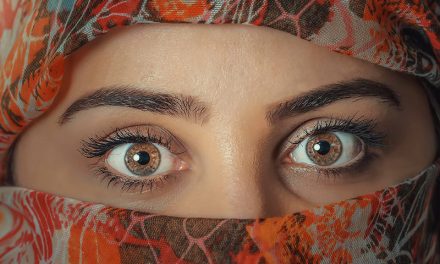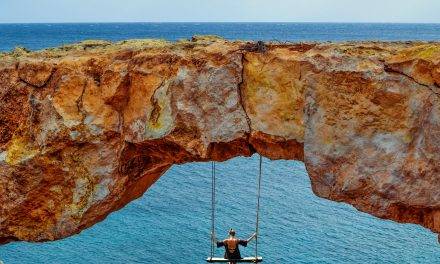When you are planning a portrait shoot, your location can make a lot of difference. It can be a mere backdrop, something that serves as a place to meet and take photographs but nothing else; or it can almost become another character in the scene. Scouting locations is very important, and if you do it correctly, the results can be very impressive indeed. Here’s how to get started.
Decide on Your Requirements
The first thing to do is to think about what you need. Perhaps you’ve decided you want a lone tree in the image – then you will need a tree in an isolated area. You will also probably need it to be on a hill so that you won’t be able to see other features on the horizon.
Or say that your portrait shoot requires a vintage look. You might want to find an area with cobbled streets or old houses. Perhaps you need an area that is deserted so you can work in as much privacy as possible. Maybe you even need a run-down or collapsed building.
When you know what your requirements are, you can get started on finding a location that fits them. Remember that even when you’re keeping it simple, you have requirements – like a white wall, an area where pedestrians don’t come by often, or a place that is under cover from the elements.
Do Your Research
Next up, you need to do some research about what is out there. You might have a good idea already of a location or two which matches your requirements. If you have no idea at all, you will need to get searching. Google is a really good tool for this, along with Google Maps and Street View, which allow you to get a real look at the place you are considering before you visit.
You can also join photography forums and groups on Facebook or LinkedIn, where you can ask others for their advice about locations near you. If you are shooting local, you may be able to ask friends and family if they know of anywhere that fits your needs.
Sometimes, the research can come to simply getting in your car and driving around until you see something that might work.
Once you have found a location – or several, which is better – you can start to do some deeper research. Check whether you can visit the area freely or need permission to hold a portrait session there. Find out if there are opening or closing times, how to get there, and what public transport options are available if needed. You also need to know how busy the area gets, as your shoot may not be successful if you have to keep stopping to let people by.
Research should also include details like weather forecasts – you can’t rely on an outdoor shoot without first at least checking the likelihood of rain.
Get Out There
Once you have researched your location thoroughly, it’s time to see it for yourself. There may be occasions when you can’t get down there before the shoot, such as if you are shooting away from home. However, if you can visit it ahead of time, make sure to do so.
Go at the time when you intend to hold your portrait session, and even on the same day of the week if you can manage it. You want to see what it is really like there. You can even fire off a few test shots to see how it looks on camera. Look for areas where your model or client can stand. Decide which way you are going to face, and see whether the sun is pointing down your lens or not.
See how many people are around, and what it looks like in the light at this particular time of day. Think about whether you will need to retouch the backgrounds to take anything out, or whether you can position your frame in such a way that you can avoid including problems in the first place.
If you are familiar with your environment, you will be much more confident during the photo shoot – and you will be aware of any potential problems before they come up.
Arrive Early
On the day of the portrait session, arrive before your model or client and check the location out one more time. It’s important to get there early in case there are any problems. You never know what might come up: graffiti across a previously plain wall, an impromptu street performance, a new fence keeping out the public – anything can happen.
This is also why it is important to have a back-up option for your location. If something has gone wrong in such a way that you can’t shoot there anymore, you will need to get yourself and your subject to a new location nearby. Being there early means minimising the time lost from looking around, deciding you need to move, and arriving at the new location.
If you have things under control, you’re giving a much more professional impression. You’ll even impress yourself: having things in hand means not panicking, and making the portraits work even if they aren’t the way you previously wanted them to be. You’ll be able to handle whatever the location throws at you.
Locations can be tricky to work with, but don’t panic. After following these steps, you should be in a great position for any location shoot.




